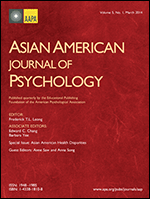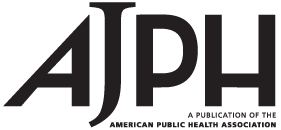Understanding US Immigration Detention: Reaffirming Rights and Addressing Social-Structural Determinants of Health
A crisis of mass immigration detention exists in the United States, which is home to the world’s largest immigration detention system. The immigration detention system is legally classified as civil, rather than criminal, and therefore non-punitive. Yet it mimics the criminal incarceration system and holds detained individuals in punitive, prison-like conditions. Within immigration detention centers, there are increasing reports and recognition of civil and human rights abuses, including preventable in-custody deaths.


 The past quarter century has seen an explosion of concern about widening health inequities in the United States and worldwide. These inequities are central to the research mission in 2 arenas of public health: social epidemiology and community-engaged interventions. Yet only modest success has been achieved in eliminating health inequities.
The past quarter century has seen an explosion of concern about widening health inequities in the United States and worldwide. These inequities are central to the research mission in 2 arenas of public health: social epidemiology and community-engaged interventions. Yet only modest success has been achieved in eliminating health inequities.

 Objective: A growing body of research suggests that exposure to too much information – particularly contradictory information that characterizes much health-related information – can lead to feeling overwhelmed. This construct has been conflated with fatalistic beliefs that are negatively associated with preventive behaviors.
Objective: A growing body of research suggests that exposure to too much information – particularly contradictory information that characterizes much health-related information – can lead to feeling overwhelmed. This construct has been conflated with fatalistic beliefs that are negatively associated with preventive behaviors.

